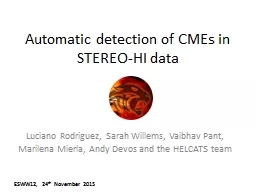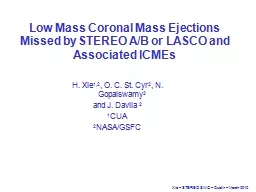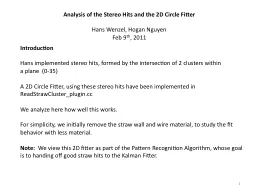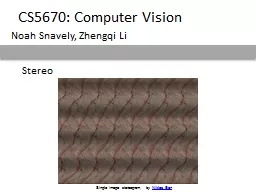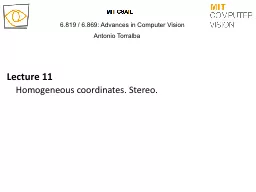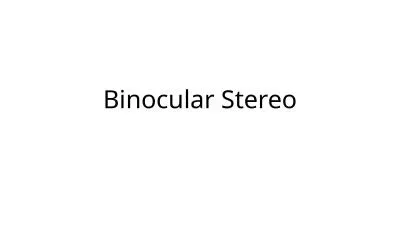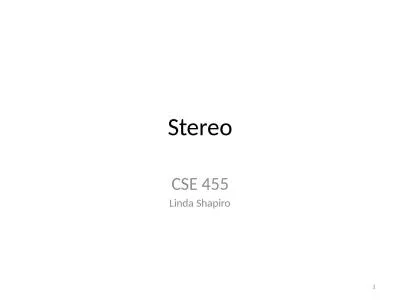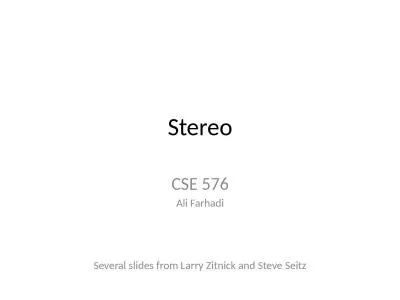PPT-Automatic detection of CMEs in STEREO-HI data
Author : danika-pritchard | Published Date : 2016-09-04
Luciano Rodriguez Sarah Willems Vaibhav Pant Marilena Mierla Andy Devos and the HELCATS team ESWW12 24 th November 2015 HELCATS EU FP7 project 20142017
Presentation Embed Code
Download Presentation
Download Presentation The PPT/PDF document "Automatic detection of CMEs in STEREO-HI..." is the property of its rightful owner. Permission is granted to download and print the materials on this website for personal, non-commercial use only, and to display it on your personal computer provided you do not modify the materials and that you retain all copyright notices contained in the materials. By downloading content from our website, you accept the terms of this agreement.
Automatic detection of CMEs in STEREO-HI data: Transcript
Download Rules Of Document
"Automatic detection of CMEs in STEREO-HI data"The content belongs to its owner. You may download and print it for personal use, without modification, and keep all copyright notices. By downloading, you agree to these terms.
Related Documents

